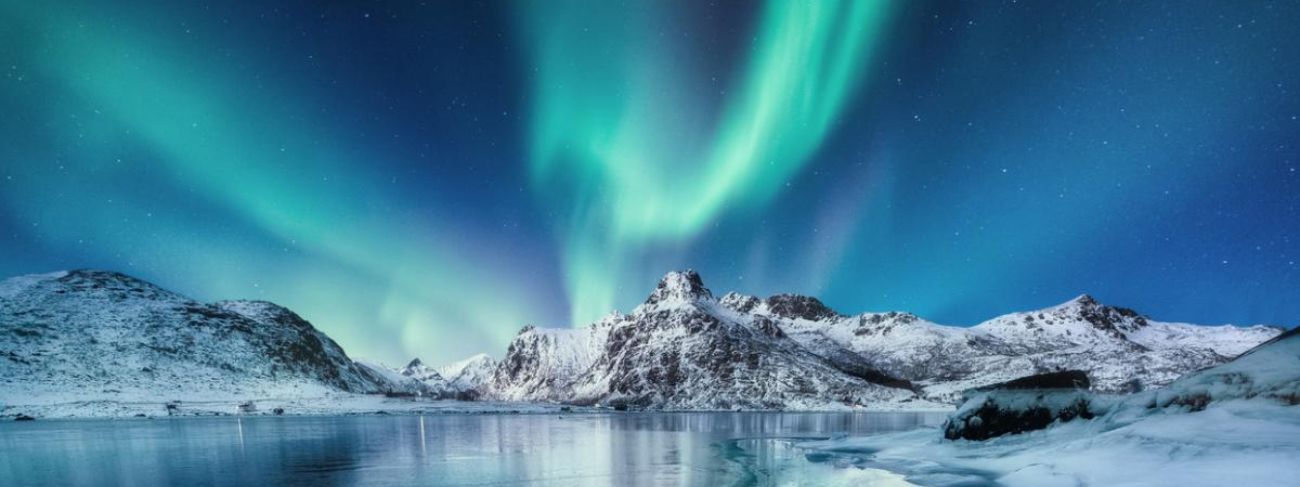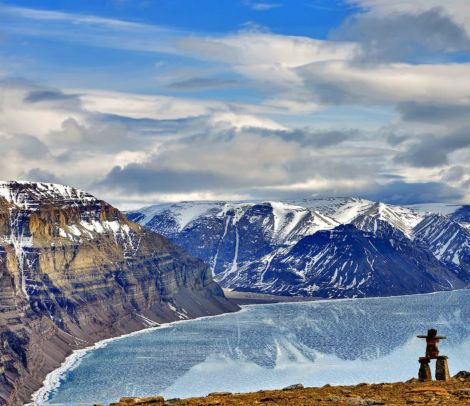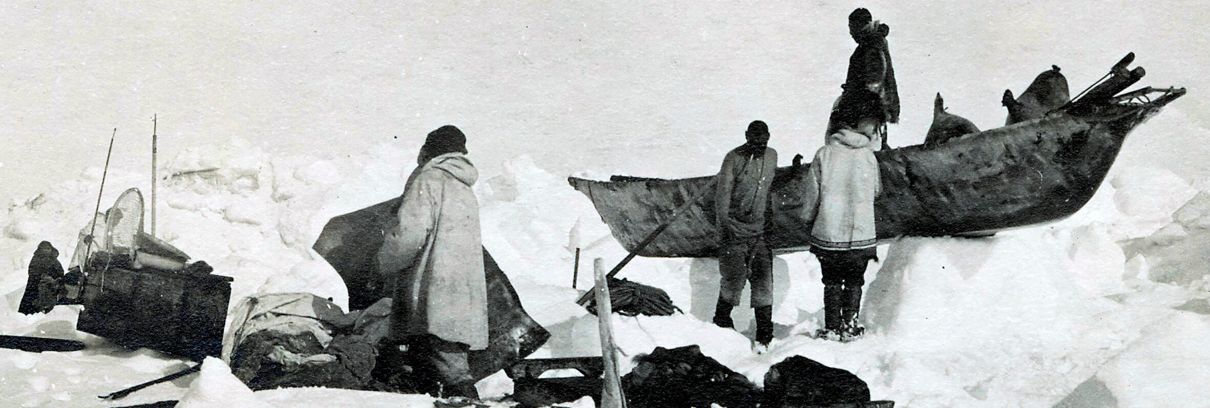
Arctic Canada – Land of Ice, Wildlife, & Culture
The Canadian Arctic is a vast and awe-inspiring region that captivates the imagination with its landscapes, diverse wildlife, and rich cultural heritage. This expansive territory, including the Arctic Canada’s Archipelago and its myriad islands, is not only a geographical wonder but also a place of immense ecological significance. The indigenous peoples who have inhabited this land for millennia have developed deep cultural connections to the Arctic environment, making it a region where nature and human history intertwine.
Quick Facts: Arctic Canada Region
- 📍 Location: Northern Canada, including Yukon, Northwest Territories, Nunavut, and parts of several provinces
- 🌐 Size: Over 40% of Canada’s total land mass
- 👣 Population: Approximately 150,000 people, with over half being Indigenous
- 🗾 Major Islands: Baffin, Victoria, Ellesmere, and Devon
- ❄️ Climate: Long, cold winters and short, cool summers; rapidly warming due to climate change
- 🌱 Resources: Oil, gas, minerals, and freshwater reserves
- 👨👩👧👦 Indigenous Peoples: Inuit, Métis, and First Nations
Geographical Overview
The Arctic Canada’s Archipelago is a vast region spanning over 1.4 million km² (540,540 mi²) and consisting of approximately 36,500 islands. Among these, 94 islands are classified as major, each covering an area greater than 130 km² (50 mi²). The archipelago extends from the Beaufort Sea in the west to Greenland in the east and from the northern Canadian mainland to the edge of the Arctic Ocean.
Among the most notable islands are Baffin Island, the fifth largest in the world, and Victoria and Ellesmere Islands, which rank eighth and tenth, respectively. Devon Island, situated between Ellesmere and Baffin, holds the distinction of being the largest uninhabited island on Earth. The region’s landscapes are equally diverse, ranging from the stark beauty of the tundra to the ethereal allure of ice-covered expanses and the intricate network of fjords that carve into the coastline.

The islands are separated by channels, straits, and sounds, including the famous Northwest Passage, which connects the Atlantic and Pacific Oceans. The archipelago’s coastline is heavily indented with fjords, bays, and inlets, creating a unique and diverse landscape that supports a range of plant and animal species adapted to the harsh Arctic environment.
Canada’s Arctic Sovereignty
Canada’s claim to the Arctic is rooted in a complex tapestry of historical and legal factors. Early charters, such as the one granted to the Hudson’s Bay Company in 1670, laid the groundwork for Canada’s territorial assertions. The enduring presence of indigenous peoples in the region has also played a crucial role in bolstering Canada’s sovereignty claims. In modern times, Canada has sought to affirm its Arctic sovereignty through various means, including patrol initiatives by the Canadian Rangers and scientific research conducted at facilities like the Canadian High Arctic Research Station.
Wildlife and Natural Beauty
The region of the Arctic in Canada is a unique wilderness that supports a remarkable variety of wildlife. Iconic species like the polar bear, with a population of around 16,000 in Canada, share the land with caribou, which form large herds, and the muskox, with its thick coat and impressive horns. The Porcupine caribou herd, numbering about 218,000 animals, undertakes one of the world’s longest land migrations, while approximately 110,000 muskoxen inhabit the Northwest Territories and Nunavut.
The Arctic Canada waters are equally diverse, with around 50,000 beluga whales gathering in coastal areas during summer and other whales like the narwhal and bowhead also calling these waters home. Seals, particularly the ringed seal, with a population of about 1.5 million in the Canadian Arctic, are vital to the ecosystem as prey for polar bears and a food source for indigenous communities.
Millions of seabirds, such as thick-billed murres, northern fulmars, and black-legged kittiwakes, nest along the coastline, while migratory birds like the snow goose travel great distances to breed in the Arctic tundra. This biodiversity highlights the ecological significance of the Canadian Arctic and the delicate balance that sustains its unique ecosystems, which are crucial for the region’s ecological integrity and hold great cultural and economic importance for the indigenous peoples who have lived there for thousands of years.
Indigenous Communities and Culture
The Inuit communities of the Canadian Arctic, numbering around 65,000, have a deep connection to the land that has been nurtured over generations. Their traditional knowledge passed down through centuries of living in harmony with the Arctic environment, includes a wide range of skills and practices, from hunting and fishing techniques to navigation and weather prediction. This knowledge is shared through storytelling, hands-on learning, and cultural activities, ensuring that the wisdom of the past continues to guide the present. The Inuit language, Inuktitut, spoken by about 70% of the population, is a vital link to their cultural heritage.
Inuit culture is also characterized by a rich storytelling tradition that entertains, educates, and preserves their identity. These stories convey important lessons about life in the Arctic, such as respecting the environment and working together as a community. The Inuit also have a vibrant artistic tradition, with carvings, prints, and textiles reflecting their close relationship with the land and its animals. Preserving and celebrating Inuit culture through language revitalization programs, cultural festivals, and support for traditional practices is essential to maintaining the rich tapestry of human diversity in the Arctic and ensuring that the Inuit way of life continues to thrive in the face of challenges posed by climate change and globalization.
Canadian Arctic Expedition
Throughout history, intrepid explorers have ventured into the region of the Arctic in Canada, driven by a thirst for discovery and a desire to push the boundaries of human endurance. Among the most significant of these endeavours was the Canadian Arctic Expedition, which took place from 1913 to 1918. Led by Vilhjalmur Stefansson, this multidisciplinary expedition made valuable contributions to the scientific understanding of the region and helped to assert Canada’s presence in the Arctic. The legacy of this expedition continues to inspire researchers and adventurers alike.

Environmental Concerns and Conservation
As the world grapples with the challenges posed by climate change, the Canadian Arctic finds itself on the front lines. Rising temperatures have led to a rapid decline in sea ice, disrupting the delicate balance of Arctic ecosystems and threatening the survival of species that depend on the ice for their habitat. Conservation efforts, such as the establishment of protected areas like Tallurutiup Imanga/Lancaster Sound, are crucial in safeguarding the region’s biodiversity and ensuring its resilience in the face of a changing climate.
Scientific Research and Infrastructure
The Canadian Arctic serves as a natural laboratory for scientific research, offering unique opportunities to study a wide range of subjects, including climate science, geology, ecology, and social sciences. Researchers from around the world are drawn to the region to investigate pressing questions and gain insights into the complex dynamics of the Arctic environment. Several organizations play a crucial role in facilitating and supporting this research, providing the necessary infrastructure, funding, and expertise to advance our understanding of the Arctic.
Polar Knowledge Canada
Polar Knowledge Canada (POLAR) is a key player in Arctic Canada research, working to strengthen Canada’s leadership in polar science and technology. POLAR operates the Canadian High Arctic Research Station (CHARS) in Cambridge Bay, Nunavut, a state-of-the-art facility that serves as a hub for scientific research and collaboration. CHARS provides researchers with access to cutting-edge laboratories, equipment, and support services, enabling them to conduct groundbreaking studies in fields such as climate change, permafrost, and marine ecology.
Arctic Research Foundation
The Arctic Research Foundation (ARF) is another important organization supporting scientific research in the Canadian Arctic. ARF operates a fleet of research vessels and mobile laboratories, providing scientists with the tools and platforms needed to study the Arctic environment in detail. By facilitating research in remote and challenging locations, ARF helps to fill critical knowledge gaps and advance our understanding of the Arctic’s complex systems.
Other Organizations Involved
The future of the Arctic in Canada depends on the collective efforts of a diverse range of organizations and stakeholders, each contributing unique perspectives, expertise, and resources to address the challenges and opportunities facing the region.
Government agencies, such as Indigenous and Northern Affairs Canada (INAC) and the Canadian Coast Guard, play a vital role in supporting Arctic communities, protecting the environment, and ensuring the safety and security of the region. Research institutions, including universities and government science agencies, conduct critical studies and provide the knowledge base needed to inform decision-making and policy development.
Indigenous communities and organizations, such as the Inuit Circumpolar Council (ICC) and the Arctic Athabaskan Council (AAC), are essential partners in Arctic research and conservation efforts. These groups bring valuable traditional knowledge and perspectives to the table, ensuring that research and decision-making processes are informed by the lived experiences and cultural values of Arctic residents.
Conservation groups, such as the World Wildlife Fund (WWF) and the Canadian Parks and Wilderness Society (CPAWS), work to protect the Arctic’s fragile ecosystems and advocate for sustainable development practices. These organizations play a critical role in raising awareness about the importance of the Arctic and mobilizing support for conservation efforts.
Collaborative platforms, like Arctic Focus, provide a space for these diverse groups to come together, share knowledge, and work towards common goals. By fostering dialogue and collaboration across sectors and disciplines, these platforms help to build a more comprehensive understanding of the Arctic and develop innovative solutions to the challenges facing the region.
The Arctic is a region of unparalleled significance, a testament to the power of nature and the resilience of the human spirit. From its awe-inspiring landscapes to its vibrant indigenous cultures, the Arctic holds a mirror to our shared humanity and the challenges we face in an ever-changing world. As we navigate the complexities of sovereignty, conservation, and cultural preservation, it is crucial that we approach the Arctic Canada with a sense of reverence, humility, and a commitment to safeguarding its future for generations to come.